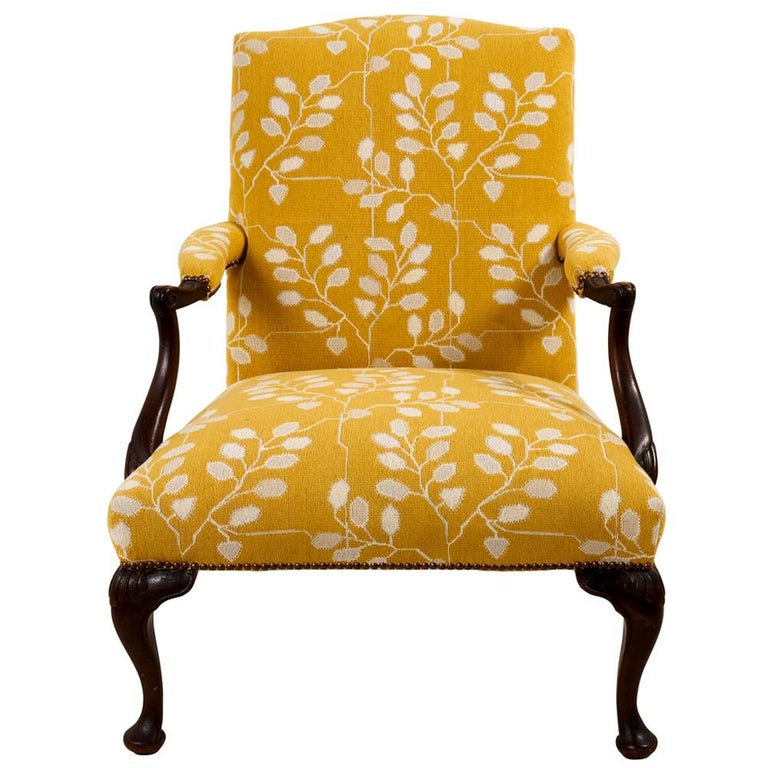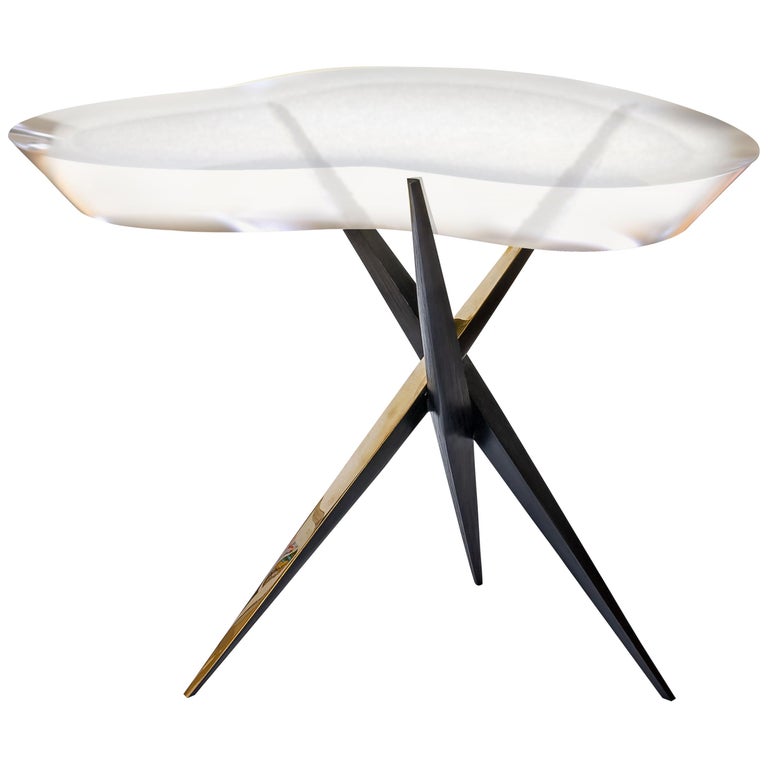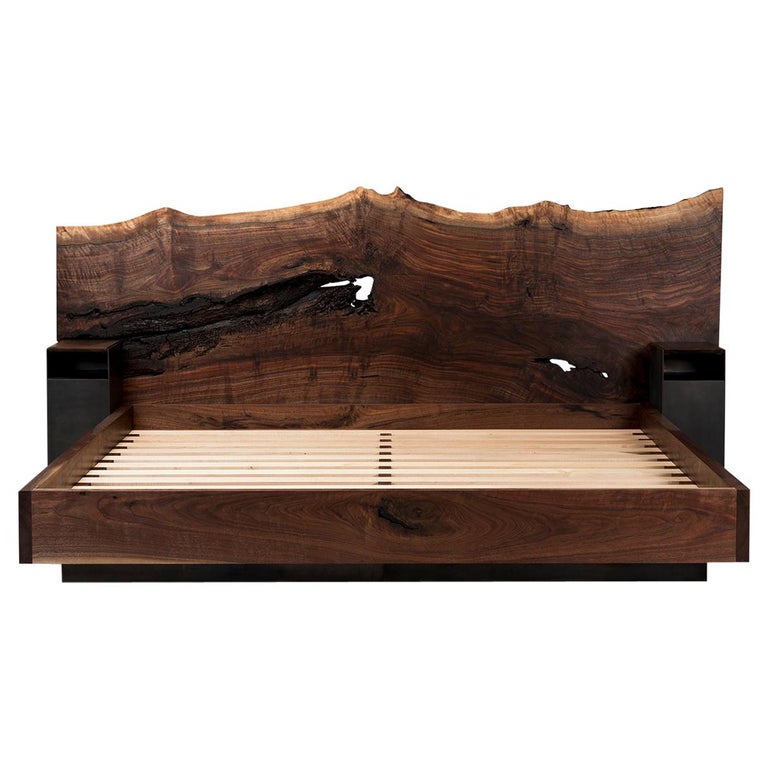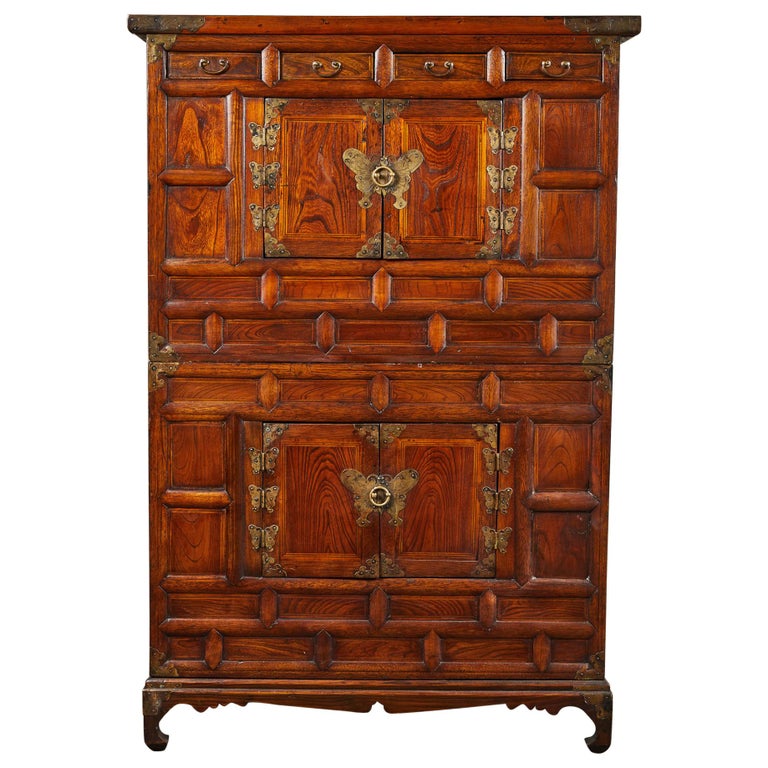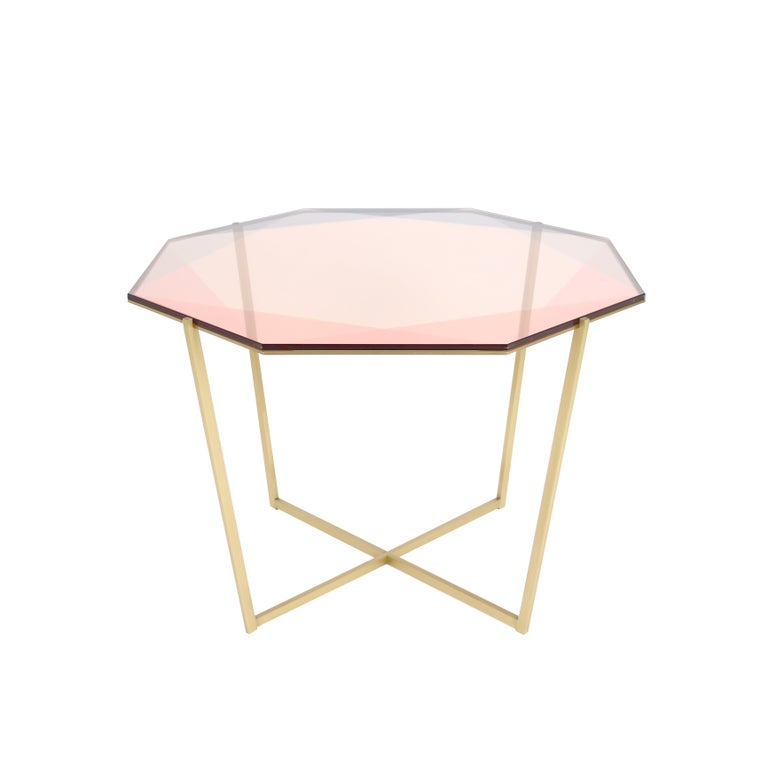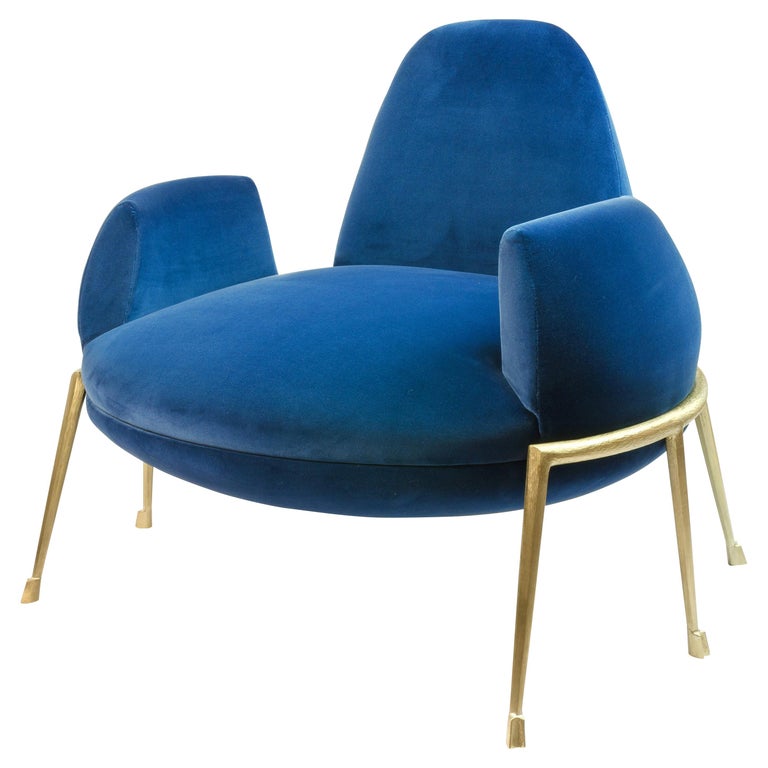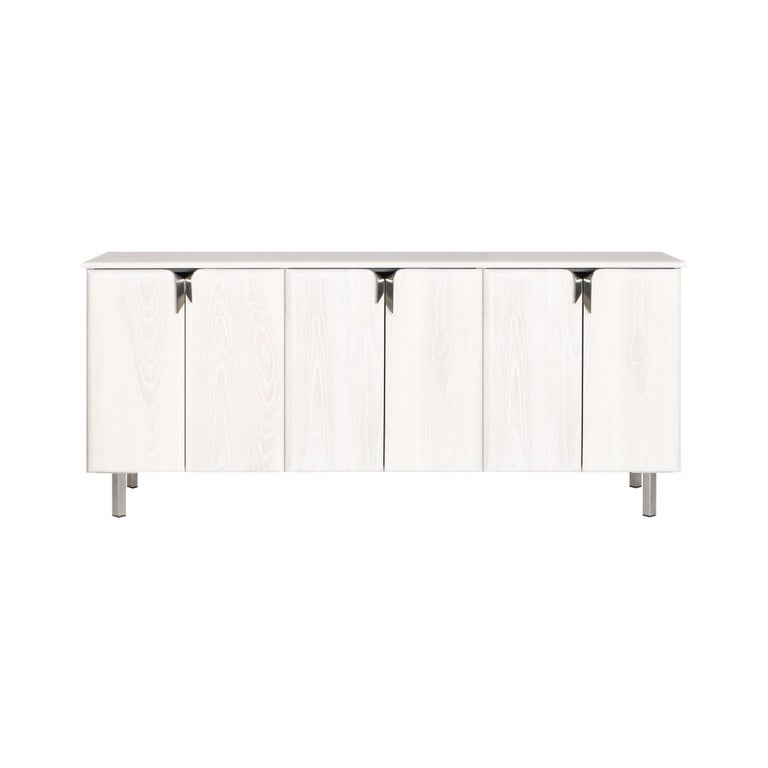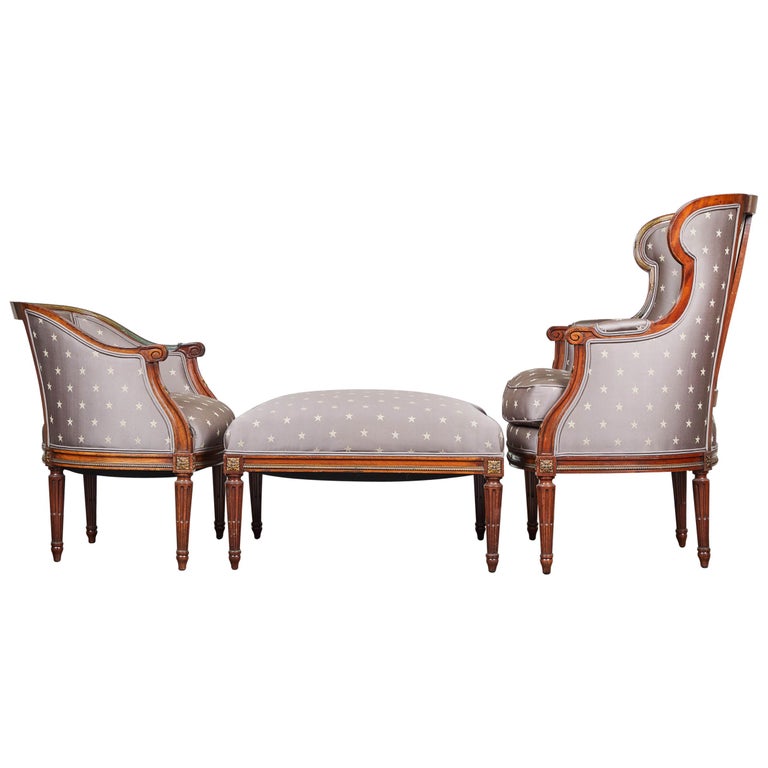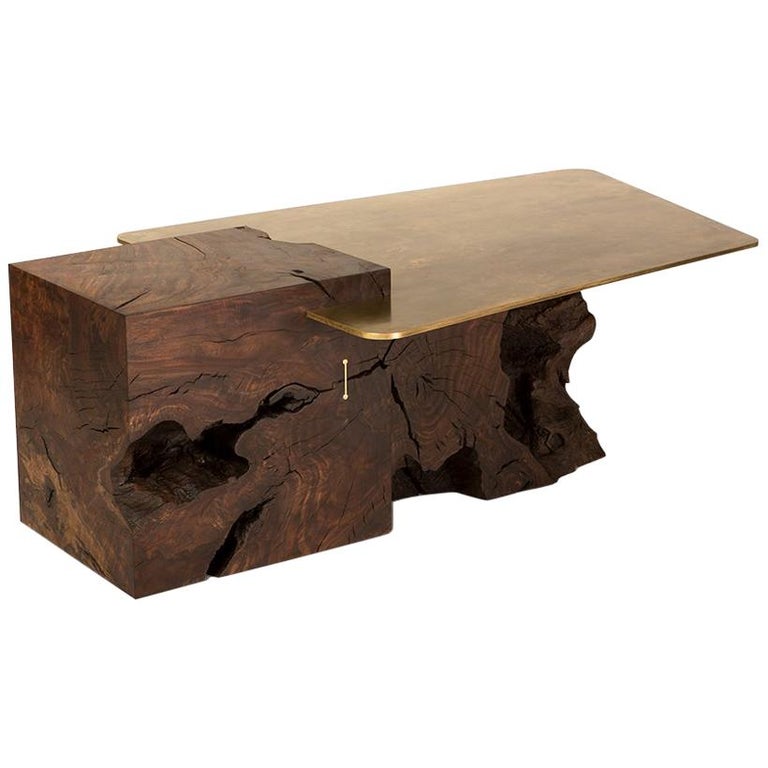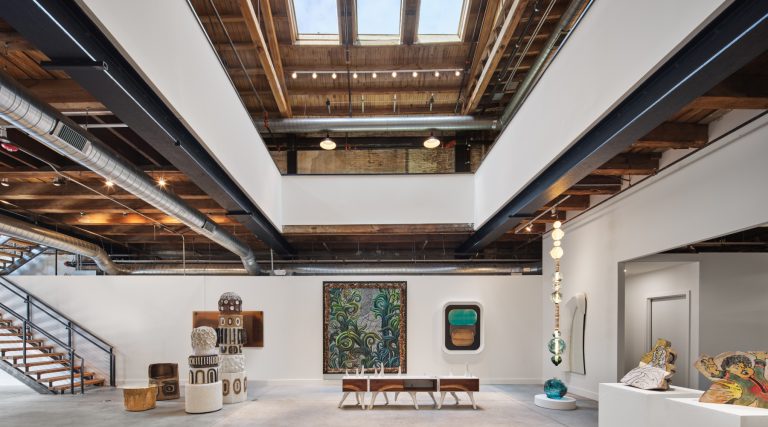February 28, 2021Timing is everything. In the past year, as we all know, the best-laid plans of men and women have gone spectacularly awry. For 1stDibs dealers who began 2020 with schemes to expand their brick-and-mortar operations, the advent of the COVID pandemic was a blow. Yet a surprising number of enterprising individuals are forging ahead with their expansions anyway, and discovering unexpected silver linings.
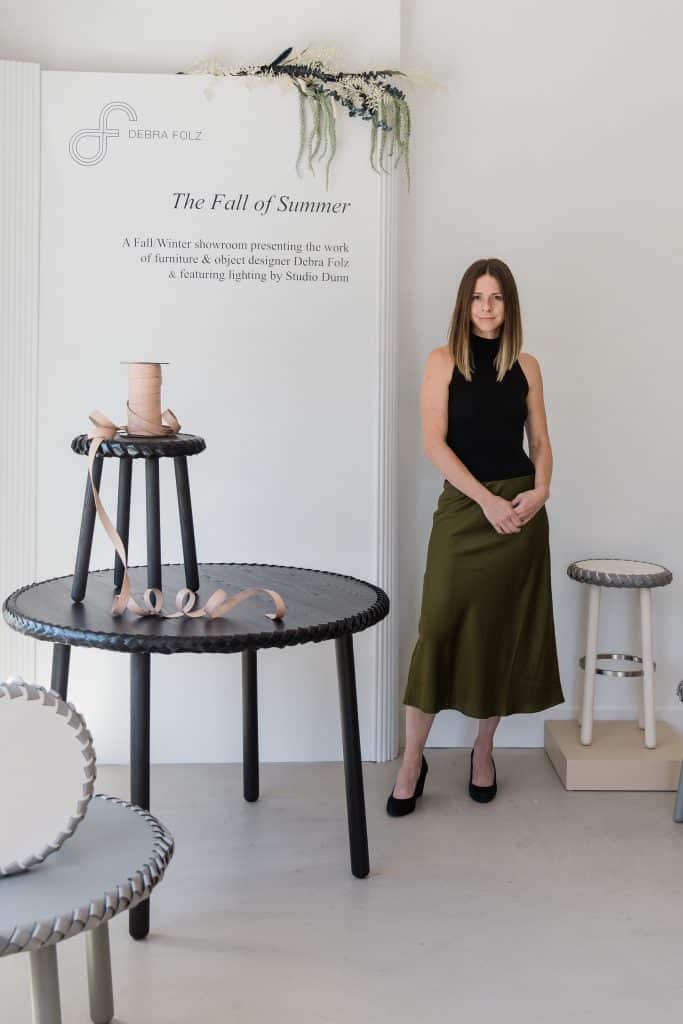
Although a digital platform is paramount, and a lifesaver in these times, the desire for in-person shopping and selling hasn’t gone away. The enforced leisure of recent months has emboldened some 1stDibs sellers to get a jump on post-COVID commerce, realizing their visions for new physical locations to showcase in three dimensions what they do so well.
A year ago, Debra Folz, a furniture designer and maker based in Providence, Rhode Island, didn’t anticipate having a storefront in Westhampton, New York. “I had taken a sublet in Brooklyn last March and was planning to open a showroom in New York City,” she recalls, “but my intentions unraveled.”
While spending time in the Hamptons with family members who have a home there, she says, “I realized a lot of my clients are out east right now instead of in the city, because of COVID.” She signed a three-month lease on a high-ceilinged, 400-square-foot space on Westhampton’s recently revamped Main Street last October. “And now, here we are, finalizing details for staying through the summer,” she marvels.

Folz, who established her business 10 years ago, is known for combining materials in her work, which includes wood case pieces with custom-cast ribbon-motif hardware and glass side tables with colored tops and brass bases, all crafted locally and assembled in her Providence workroom.
The Westhampton venture “definitely wasn’t what was planned, but I don’t regret the way it’s played out,” she says. “I’ve participated in trade shows like the International Contemporary Furniture Fair and in group exhibitions, but I haven’t always been there for the direct feedback. This is the first time I’ve had a front-facing space of my own, and I’m enjoying it.”

Taylor Donsker, who creates artful furniture using massive slabs of claro walnut salvaged from naturally felled trees, had a too-small warehouse in South L.A. and a robust online presence. In January 2020, he moved his business, Firewood Collective, which also represents a select group of local ceramists, to a 6,000-square-foot space in Santa Monica, next to the long-established Bergamot Station arts complex, to be nearer clients in such places as Pacific Palisades, Brentwood and Malibu.
The timing could have been better. “We were planning a big opening in March or April, with drinks and music, and had all these big architects and designers set to come out,” Donsker says. “Then the pandemic hit, and that halted everything.”
After a state-mandated closure of a few months, he and his team returned to the new space, which is about two-thirds workshop and one-third gallery, with a dedicated area for the wood-slab inventory. “Customers can come by and pick the slab and consider it alongside finished pieces,” Donsker says. There’s also a large parking lot, where he plans in May to host an outdoor pop-up, “which people can, in a monitored way, meander through.”
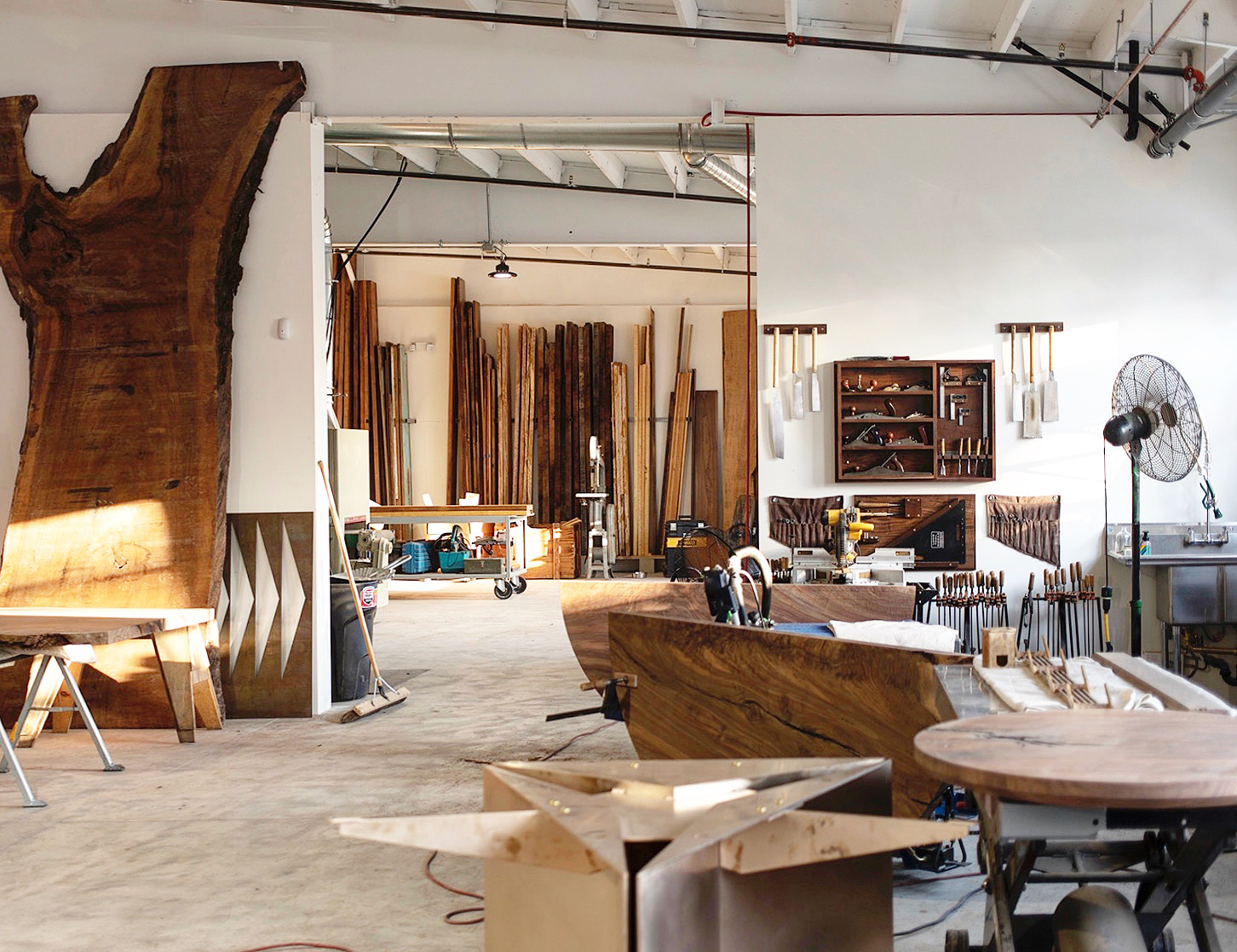
Had Donsker not already made the move to Santa Monica when the world changed, he says, “I can’t imagine we would have gone ahead with it.” But they did, and although the third and fourth quarters of 2020 were slow, Donsker is hopeful. “In 2021, we’ve seen a lot more interest. It seems like things are turning around.”

In London, the Italian architect Achille Salvagni had just leased two light-filled floors in the posh heart of Mayfair and flown in a team of Italian artisans to transform the raw space into a showcase for the luxurious furnishings he designs when the city went into its first lockdown. The craftsmen, who had begun hand finishing the walls with plaster, lining the window frames with polished bronze and building a staircase of sky-blue Argentinean marble, went home.
Salvagni took the opportunity to consider “this ‘new normal’ way of living and people’s attitudes toward their homes,” he says. “Our client base is spending much more time at home and traveling less. Perhaps the pace of life will slow down a bit and people will want to be surrounded by beautiful things in tranquil environments. That is exactly what the new gallery presents.”
The new site was architecturally appealing, says Salvagni, because the main floor, a single, high-ceilinged volume, is a “grand but contemporary space with the type of proportions our clients’ rooms might have,” while the level below, with lower ceilings, “is much like the interior of a yacht, something our studio specializes in.”
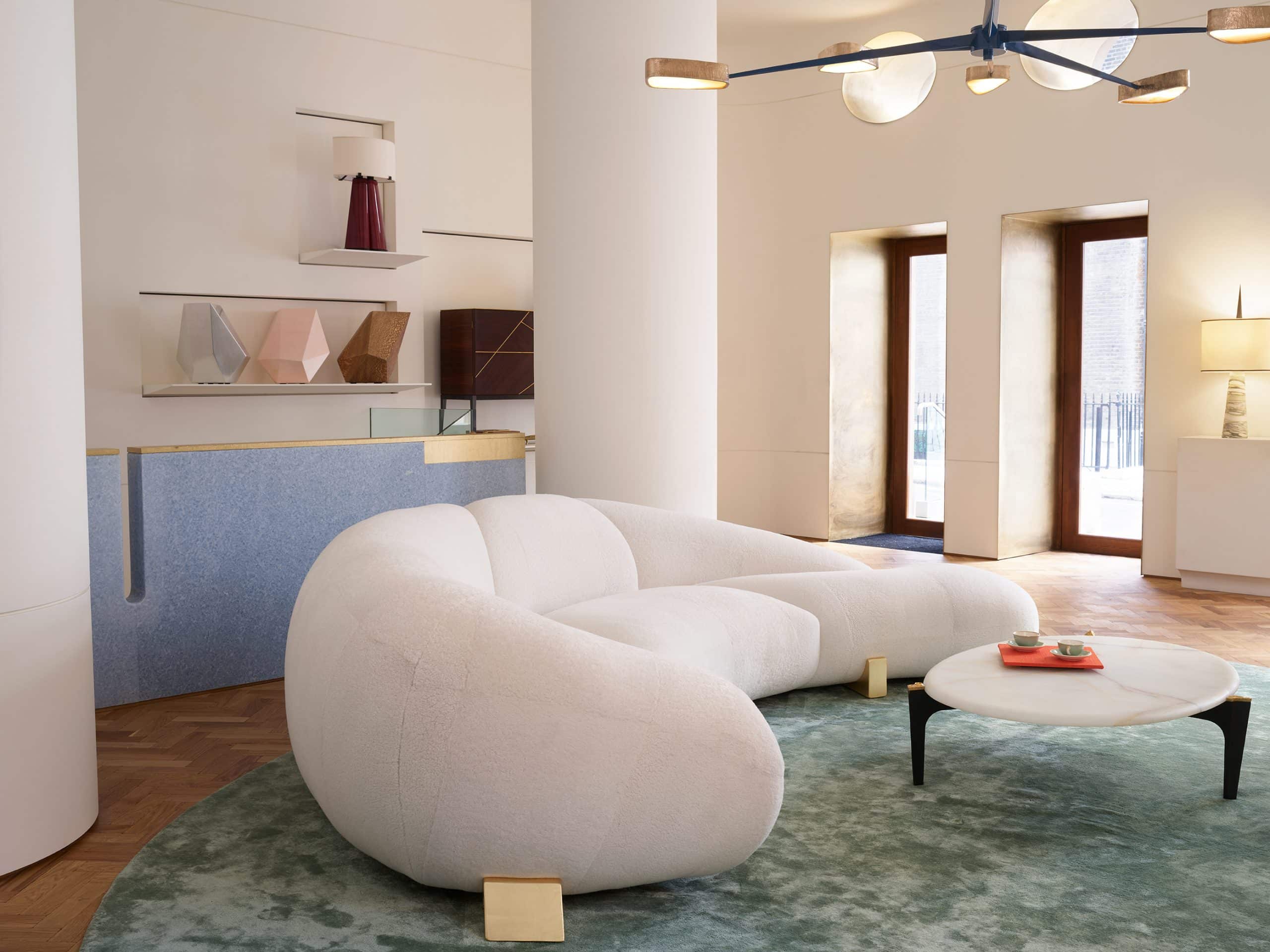
Salvagni also used the hiatus to “look inward,” turning his attention to incorporating materials like Murano glass and parchment finishes into his elegant, poetic designs, which include cabinets of exotic woods, glamorous chandeliers and sconces with strong echoes of mid-20th-century Italian design and plush upholstered pieces.
Although the build-out was delayed some six months, Salvagni’s new London atelier opened in December. “Rome is great for creativity, and New York for a shot of excitement,” he says. “But being in London is important, because I feel it’s the best window to the cosmopolitan world.”
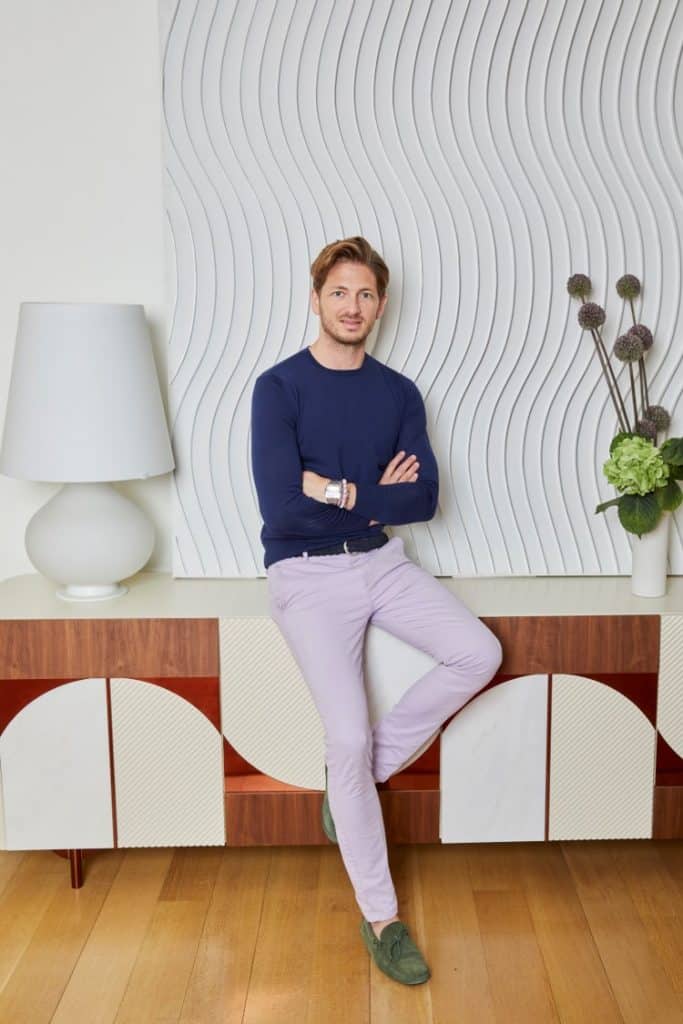
Schumacher, the legendary 132-year-old design brand, is moving right along with its longstanding plans to open a new 1,200-square-foot to-the-trade showroom in London’s glass-domed Chelsea Design Centre this March. “We decided it was up to us to be nimble and resourceful and not get paralyzed,” says Benjamin Frowein, president of the still-family-owned company. “We’re embracing the challenge and turning it into an opportunity.”
Complementing the firm’s other initiatives, like launching new collections every month and investing in its digital footprint, the new showroom, in a prime ground-floor spot, will be “a jewel box,” says Frowein, “fresh and bright, with a full glass front, white walls and painted wood floors.” A long worktable will give customers space to spread out their floor plans and look through swatches retrieved from a back room stocked with more than 30,000 samples.
The initial display will center on a new collection of fantastical dreamscape wallpapers by Colette Cosentino, a nature-inspired contemporary artist out of Santa Barbara, California. Schumacher’s rich archive of lush floral and historic wallcoverings, as well as fabrics for plush pillows and elegantly upholstered furniture — kept chic and current with frequently updated colorways — has long been repped by distributors in the U.K., but the Chelsea space is its first-ever stand-alone showroom there.
“In the past year, we’ve called almost every one of our clients to find out how they’re doing and what they need,” Frowein says. “People want online access, but they also want to shop how they’ve always shopped.”
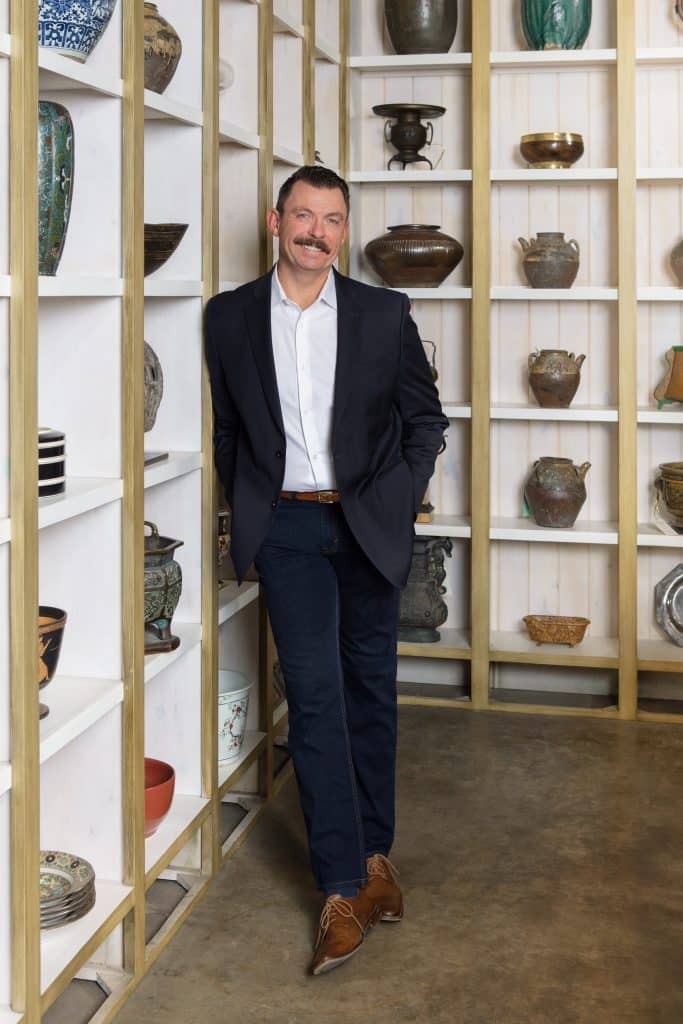
Mik Hollis speaks antiques as a native language. Growing up as the son of Susanne Hollis, owner of a celebrated eponymous, to-the-trade resource for fine antiques and curated home accessories in south Pasadena, he spent summers on buying trips to Europe and Asia and, as a teen, learned the fine points of craftsmanship in the family’s custom-furniture workshop.
Recently, he took the helm of the business, now rebranded Hollis Pasadena, and in March will open its first-ever retail shop. Hollis San Marino, in a picturesque enclave 10 minutes from Pasadena proper, will give non-trade clientele access to all the offerings in the firm’s broad purview, from Asian antiques to 19th-century French and modern Scandinavian pieces. “It was a leap of faith, but I went with a long-term lease, knowing we’ll be through this at some point,” Hollis says.
He’s working simultaneously on another bold move: relocating the flagship to a higher-visibility spot on Lincoln Avenue in Pasadena. Currently under construction but open for business, it will feature a street-facing retail component and a garden with an extensive selection of outdoor furniture, as well as warehouse and workroom space. “It will be a self-contained, experiential ‘Hollis world,’ ” he says.
The process of opening two new locations at this particular time has been “especially challenging,” Hollis notes. “Having to work with a building department that was limiting in-person meetings and plan review dragged out the timeline.” On the plus side, “the retail neighborhoods were empty compared with non-COVID times,” he says. “At least we weren’t disturbing our neighbors.”







